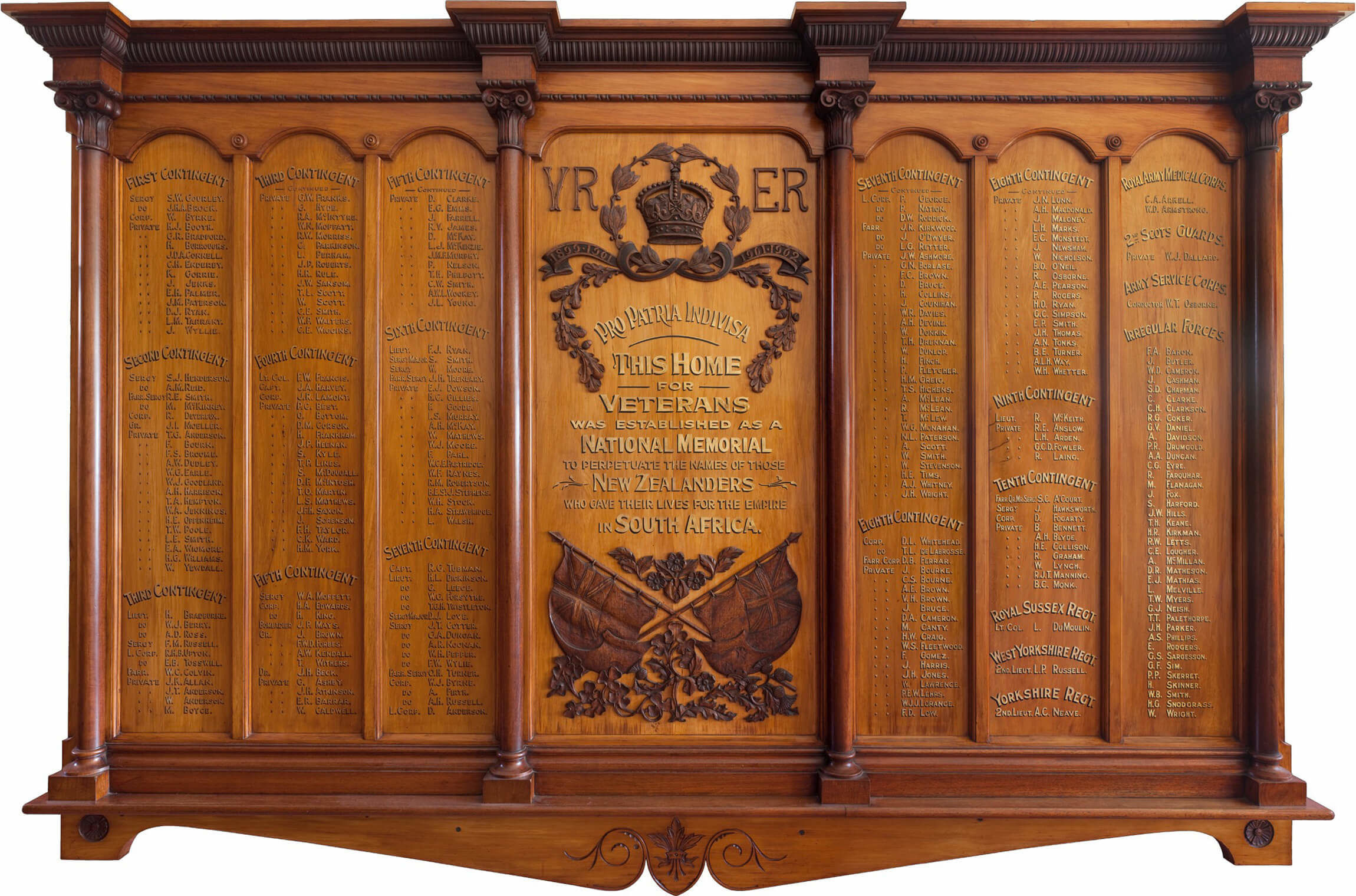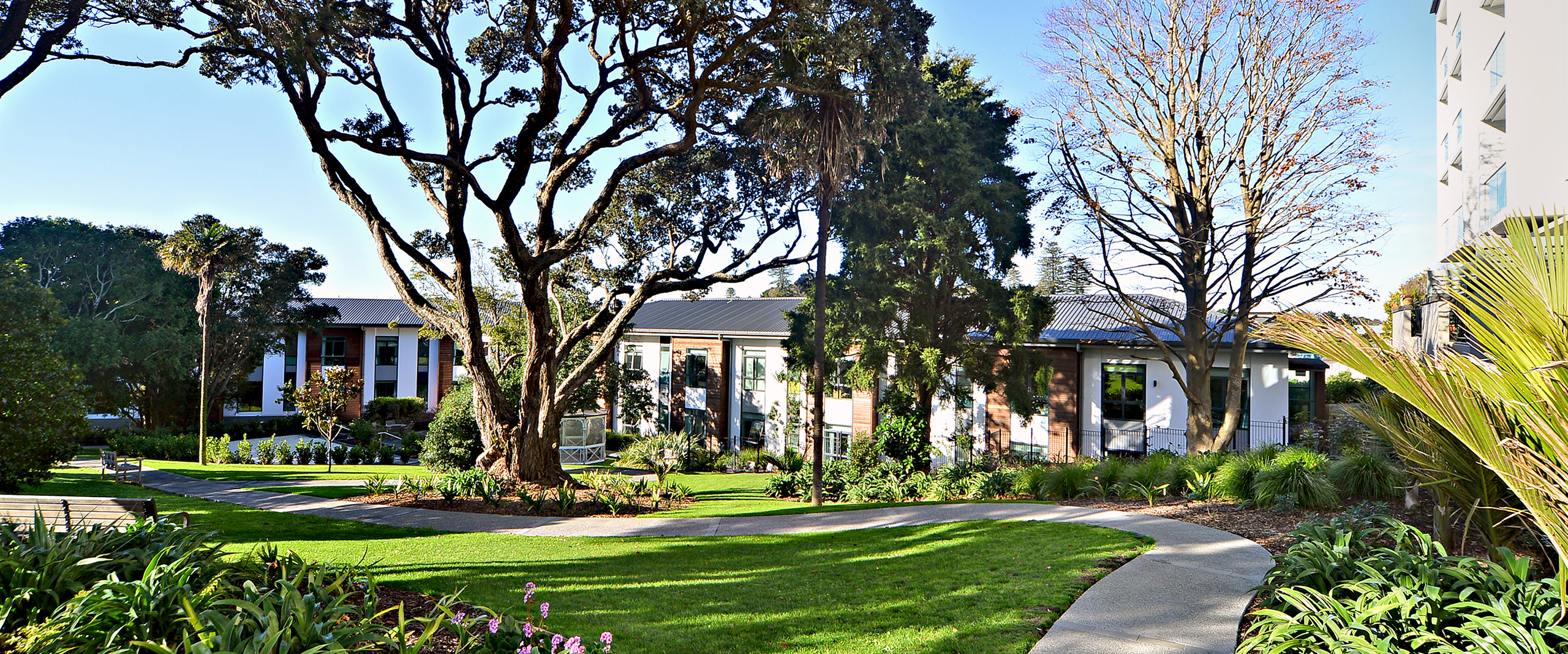Register Your Interest
Fill out your details to receive more information about Ranfurly Hospital or to arrange a visit.
{"data":[],"config":{"id":233,"content_id":null,"name":"Register Form","type":"form","position":233,"active":1,"created_at":"2021-03-23 10:52:00","updated_at":"2024-06-21 14:21:43","content":"<p>Fill out your details to receive more information about Ranfurly Hospital or to arrange a visit.<\/p>","description":"Register Your Interest","sharpspring_url":"https:\/\/app-3QN8JU2KRI.marketingautomation.services\/webforms\/receivePostback\/MzawMDE1NzI3BgA\/","sharpspring_endpoint":"063425bf-674c-41d1-b769-12a3b83f88bd","template":"Register Modal","image":{"id":491,"parent_id":490,"name":"Sage-Paisley-Tile.png","description":null,"storage":"assets","size":76209,"extension":"png","mime_type":"image\/png","width":621,"height":620,"keywords":null,"usage":{"panels.233":"Register Form","panels.245":"Join Our Newsletter","panels.244":"Residential Care Guide","panels.424":"Want To Know More","panels.497":"New grid-3-img-3","panels.527":"Want To Know More","panels.528":"Ranfurly Hospital"},"created_at":"2022-01-28 12:16:15","updated_at":"2022-11-30 20:26:57","link":"\/asset\/491.png","readable_size":"74.42 kB","secured":false,"secured_token":"eyJ0eXAiOiJKV1QiLCJhbGciOiJIUzI1NiJ9.eyJzdG9yYWdlcyI6WyJzZWN1cmVfYXNzZXRzIl0sImZpbGUiOjQ5MX0.VKNKR8XCViVsPem_MXTHkg1x4z-dbItgGQVkI8guuPM"},"image_background_colour_preset":"White","fields":[{"id":25,"panel_id":233,"name":"name","title":"Name","data_type":"input-text","required":1,"auto_populated":null,"values":null,"position":25,"active":1,"created_at":"2021-03-23 10:53:10","updated_at":"2021-03-23 10:53:13","refs":null,"placeholder":"Name"},{"id":26,"panel_id":233,"name":"email","title":"Email","data_type":"input-email","required":1,"auto_populated":null,"values":null,"position":26,"active":1,"created_at":"2021-03-23 10:53:38","updated_at":"2021-03-23 10:53:49","refs":null,"placeholder":"Add your email"},{"id":27,"panel_id":233,"name":"phone","title":"Phone number","data_type":"input-number","required":1,"auto_populated":null,"values":null,"position":27,"active":1,"created_at":"2021-03-23 10:54:04","updated_at":"2022-03-08 14:43:53","refs":null,"placeholder":"Enter your contact phone number"},{"id":28,"panel_id":233,"name":"referrer","title":"How did you hear about us?","data_type":"selectbox","required":1,"auto_populated":null,"values":"Radio\nTV\nMagazine\nWord of mouth\nInternet search\nSignage","position":28,"active":1,"created_at":"2021-03-23 10:56:00","updated_at":"2021-03-23 10:56:02","refs":null,"placeholder":"Select an option from the list"},{"id":37,"panel_id":233,"name":"enquiry_for","title":"I am enquiring for:","data_type":"selectbox","required":0,"auto_populated":null,"values":"Myself\nSomeone else","position":37,"active":1,"created_at":"2025-04-13 08:28:09","updated_at":"2025-04-13 08:28:39","refs":null,"placeholder":null},{"id":38,"panel_id":233,"name":"content","title":"How can we be of assistance?","data_type":"textarea","required":0,"auto_populated":null,"values":null,"position":38,"active":1,"created_at":"2025-04-13 08:29:36","updated_at":"2025-04-13 08:29:36","refs":null,"placeholder":null}]}}










